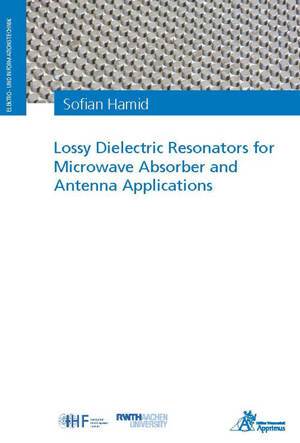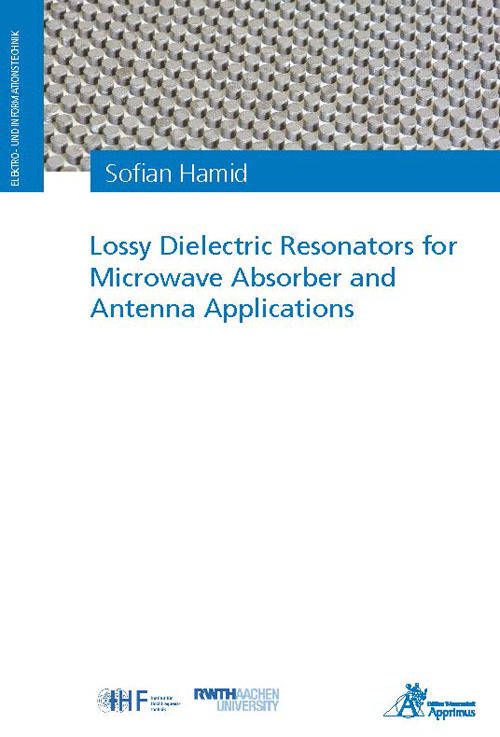
- Afhalen na 1 uur in een winkel met voorraad
- Gratis thuislevering in België vanaf € 30
- Ruim aanbod met 7 miljoen producten
- Afhalen na 1 uur in een winkel met voorraad
- Gratis thuislevering in België vanaf € 30
- Ruim aanbod met 7 miljoen producten
Lossy Dielectric Resonators for Microwave Absorber and Antenna Applications
Sofian Hamid
€ 38,45
+ 76 punten
Omschrijving
Microwave absorbers are used to improve the communication system performance. They can be classified into non-resonant and resonant absorbers. In band-limited applications, where the size of the microwave absorber is required to be physically small or when the unwanted scatterers are located in the proximity of the antennas, the resonant absorbers can provide better solutions. Major design challenges of these absorbers are increasing the bandwidth, improving the parameters performances (i.e., reflection coefficient, isolation, noise suppression), and producing them with a lower cost and a simple process.This dissertation focuses on developing a planar resonant absorber to tackle those challenges. The author proposes using the dielectric resonance mechanism to develop novel resonant absorbers. A systematic design method is described, and some examples of absorber implementations are provided. A free space absorber intended to have a minimum reflection coefficient of less than -20 dB within the 8 GHz - 12 GHz band (40% bandwidth) was designed, fabricated, and measured. The proposed design method was also successfully applied to other typical lossy materials.Another use is on the development of a planar radome absorber for the antenna application. This dielectric resonator absorber can be integrated efficiently with a bandpass frequency selective surface (FSS) to serve as a radome absorber. This integration enables the radome to absorb unwanted waves above the antenna operational frequencies so that the covered antenna's monostatic and back-scatterings are significantly reduced. A partially reflective surface (PRS) antenna, which is known to have a strong scattering, was fabricated. The radome absorber was then placed above this PRS antenna. It was shown that this radome absorber could reduce the back-scattering of the PRS antenna while simultaneously keeping the antenna performance (input reflection coefficient, realized gain, and the radiation pattern) similar.The dielectric resonator absorber can also be used to improve the isolation between horn antennas. The absorber was inserted between the horn apertures to attenuate the coupling. As a comparison, ultra-thin and magnetic sheet absorbers were also used. Observing the mutual coupling of these antennas showed that the highest average of isolation improvement is achieved when the dielectric resonator absorber is inserted between the pair antennas.
Specificaties
Betrokkenen
- Auteur(s):
- Uitgeverij:
Inhoud
- Aantal bladzijden:
- 194
- Taal:
- Engels
- Reeks:
Eigenschappen
- Productcode (EAN):
- 9783985550319
- Uitvoering:
- Paperback
- Afmetingen:
- 157 mm x 18 mm
- Gewicht:
- 365 g

Alleen bij Standaard Boekhandel
+ 76 punten op je klantenkaart van Standaard Boekhandel
Beoordelingen
We publiceren alleen reviews die voldoen aan de voorwaarden voor reviews. Bekijk onze voorwaarden voor reviews.










